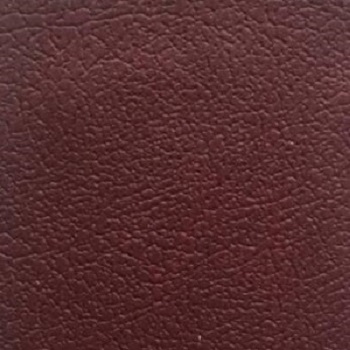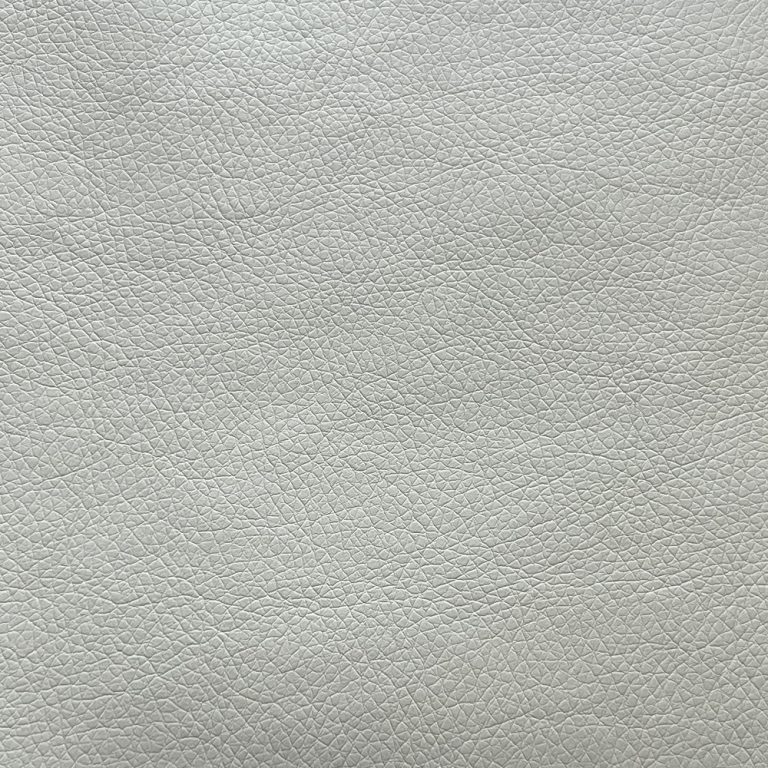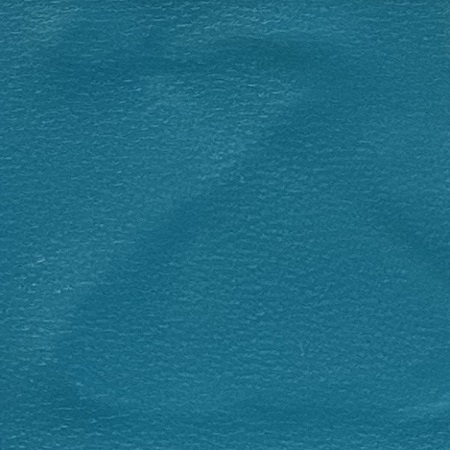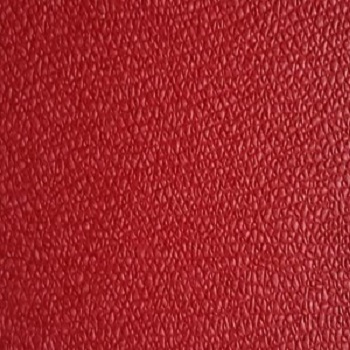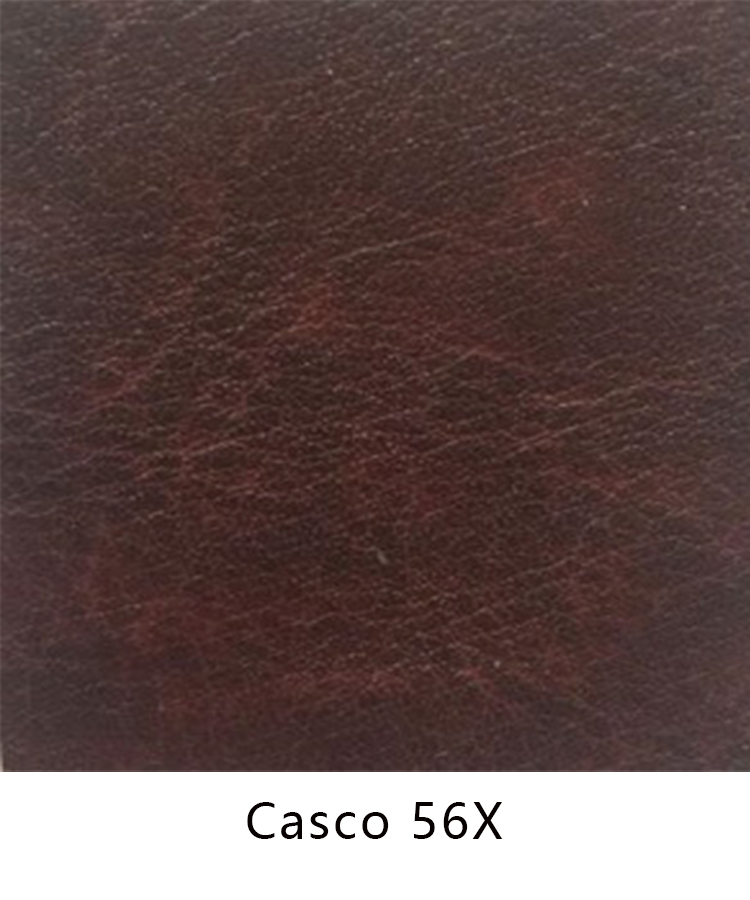Pros and Cons of Using PU Shoe Lining Fabric
PU shoe lining fabric, also known as polyurethane shoe lining fabric, is a popular choice for footwear manufacturers due to its versatility and durability. This synthetic material is made by coating a fabric backing with a polyurethane layer, creating a smooth and flexible surface that is ideal for lining the inside of shoes. While PU shoe lining fabric offers many benefits, there are also some drawbacks to consider when using this material in footwear production.
One of the main advantages of using PU shoe lining fabric is its durability. PU is a strong and resilient material that can withstand daily wear and tear, making it a long-lasting choice for shoe linings. This means that shoes lined with PU fabric are less likely to tear or wear out quickly, providing consumers with a more durable and reliable product.
In addition to its durability, PU shoe lining fabric is also water-resistant. This makes it an ideal choice for shoes that may be exposed to moisture or wet conditions, as the PU coating helps to repel water and keep the feet dry. This can be particularly beneficial for outdoor or athletic shoes that are worn in rainy or damp environments.
Another advantage of PU shoe lining fabric is its flexibility. PU is a soft and pliable material that molds to the shape of the foot, providing a comfortable and snug fit. This flexibility allows for greater freedom of movement and reduces the risk of blisters or discomfort when wearing shoes lined with PU fabric.
Furthermore, PU shoe lining fabric is easy to clean and maintain. Unlike some natural materials, such as leather, PU fabric can be wiped clean with a damp cloth or mild soap, making it a low-maintenance option for footwear. This can be particularly convenient for busy consumers who may not have the time or resources to care for more delicate shoe linings.
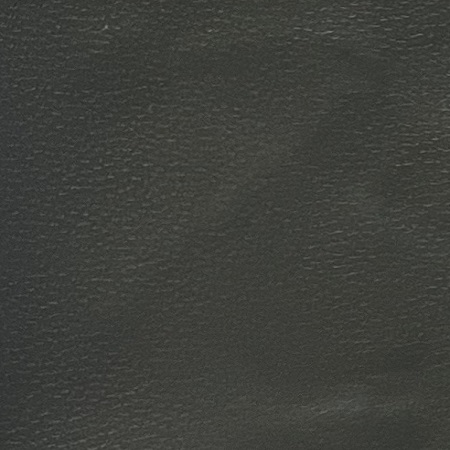
Despite its many benefits, there are some drawbacks to using PU shoe lining fabric. One of the main disadvantages is that PU is not as breathable as natural materials, such as leather or cotton. This can lead to sweaty or uncomfortable feet, particularly in hot or humid conditions. To combat this issue, some manufacturers may incorporate ventilation holes or mesh panels into the shoe design to improve airflow.

Another potential downside of PU shoe lining fabric is that it may not be as environmentally friendly as natural materials. PU is a synthetic material that is derived from petrochemicals, which can have a negative impact on the environment during the manufacturing process. Additionally, PU is not biodegradable, meaning that shoes lined with PU fabric may contribute to landfill waste at the end of their lifespan.
| Variety | Name |
| S | Shoe lining material |
In conclusion, PU shoe lining fabric offers many benefits for footwear manufacturers, including durability, water resistance, flexibility, and easy maintenance. However, there are also some drawbacks to consider, such as reduced breathability and environmental concerns. Ultimately, the decision to use PU shoe lining fabric will depend on the specific needs and priorities of the manufacturer and consumer. By weighing the pros and cons of this material, footwear companies can make informed choices that align with their values and goals.


